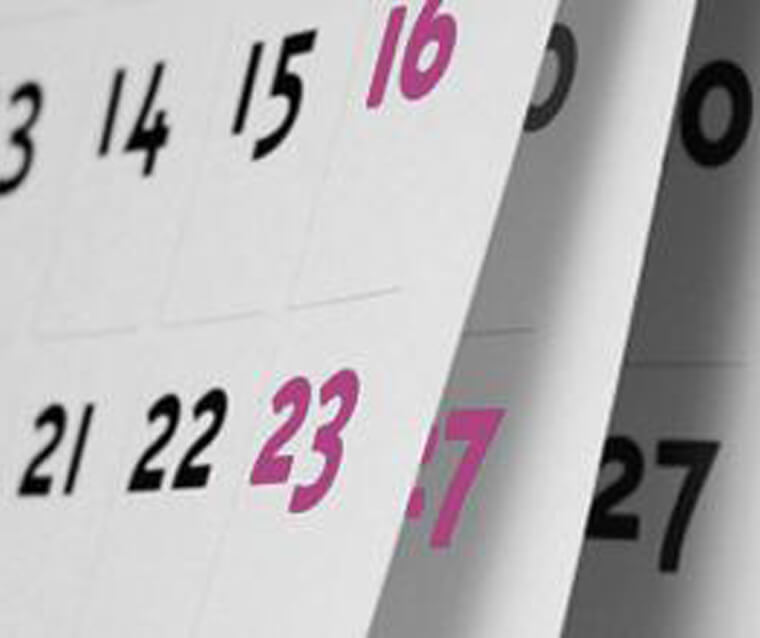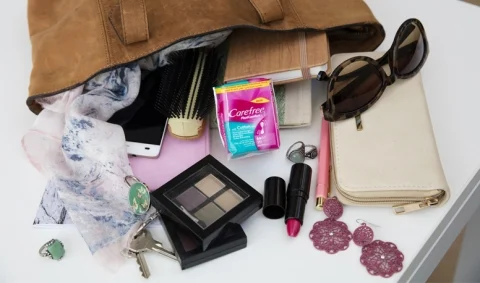
Almost all girls experience discomfort when they have their period. For some, this phenomenon goes unnoticed. But for others, the pain is so intense that it prevents them from pursuing their daily activities. In fact, menstrual pain is one the main reasons why girls are absent from school, why they skip activities, and why they refuse to go out with their friends.
What is menstrual pain?
Menstrual pain (or dysmenorrhea) usually starts one to two days before your period and subsides when the menstrual flow starts. In severe cases, menstrual pain is associated with headache, nausea, back pain, or fatigue. In adolescents, dysmenorrhea is referred to as “primary”, which means naturally caused by menstruation. Among older women, it can be the result of medical problems (such as fibroids, polyps, infections), and is then referred to as “secondary”.
What causes menstrual pain?
Menstrual pain is caused by contractions in your uterus. These contractions are induced by hormones called "prostaglandins", and consist of tightening and relaxing movements that allow your womb to expel its lining when no fertilization occurs. The level of prostaglandins released during menstruation determines the severity of your pain. The lower the level of prostaglandins, the less pain you will experience and vice versa.
What can I do to relieve the pain?
There are different ways that help ease your menstrual pain.
Natural remedies such as applying a heating pad on your lower belly can help. Heat is known to relax constricted muscles and ease tension. Soaking in a warm bath and massaging your lower belly with circular movements are also effective solutions to alleviate the pain.
Some girls find that engaging in mild physical activities, like walking, helps with the menstrual flow; while others find relief curling up in bed for some time.
If the pain is too intense to be eased naturally, you may consider taking medicines for one or two days. You can discuss your options with the pharmacist or your gynaecologist. There are drugs known as "anti-prostaglandins", which can make your uterus cramp less and ease your menstrual flow. You can also opt for pain relievers such as paracetamol. Aspirin is not recommended: it can increase bleeding. For maximum relief, it’s best to take your medicine as soon as the pain begins, and keep taking it every four to six hours, or as recommended by your doctor or pharmacist.
Note: This article is for informational purposes only and does not constitute medical advice.


